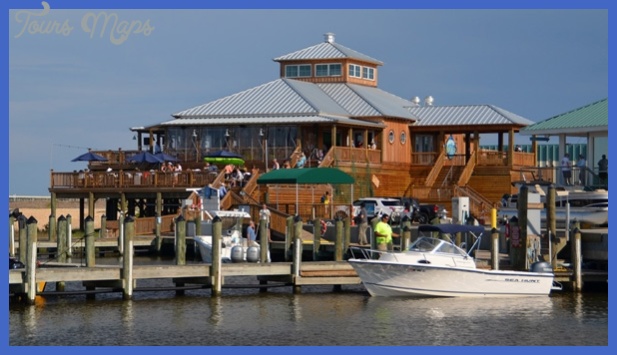Mississippi Hurricane Katrina
On the one hand Hurricane Katrina devastated south Mississippi’s Latinos; on the other it provided job opportunities for thousands of would-be newcomers. Those who did not speak English likely did not hear any warning of the storm before its arrival. Latino migrants who survived the storm proved reluctant to seek aid and relief services because of fears of immigration enforcement. And if Latinos with limited roots in Mississippi had little access to resources immediately following the storm, newly arrived workers reconstructing the coast found themselves even more disenfranchised.
Though it is difficult to establish exact numbers, observers estimate that 30,000 to 60,000 Latinos moved to the Gulf Coast to work on reconstruction efforts within the first three months after the hurricane, bringing the state’s post-Katrina total to 100,000 Latinos. These new arrivals were not only from Mexico but also from Guatemala, Honduras, Peru, Argentina, and Puerto Rico. Though low-wage migrant workers are vulnerable throughout the country, the exploitation of Latino migrant reconstruction workers was endemic in Mississippi even more so than in Louisiana. The state of Mississippi has no department of labor, creating a climate in which abuse is routine. Working largely for subcontractors, Mississippi’s Latino reconstruction workforce widely reported nonpayment of wages, threats of deportation to avoid paying migrants, toxic work sites with inadequate protective gear, and deplorable housing conditions. Some workers reported going hungry for days, or being suddenly and unfairly evicted from their housing. Though it had no office in Mississippi, the National Council of La Raza sent its head, Janet Murguia, to the coast in late 2005 to call attention to the abuse of Latino workers.
Hurricane Katrina also had ramifications for Latinos’ participation in Mississippi’s workforce overall. The number of Latinos on the coast peaked in the months after Katrina but subsided somewhat within a year, as migrants got tired of the rampant abuse by contractors and the lack of housing. Though some left the state altogether, many who came for construction work ultimately went to work in the poultry or service industries. For example, an organizer at Sanderson Farms’ poultry plant in Collins estimated that before Katrina the plant’s workforce had been 30 percent Latino; and that since the storm Latinos have composed about 45 percent of the plant’s workers.
Mississippi Vacations Photo Gallery
Maybe You Like Them Too
- The Best Cities To Visit in The World
- World’s 10 Best Places To Visit
- Coolest Countries in the World to Visit
- Travel to Santorini, Greece
- Map of Barbados – Holiday in Barbados












